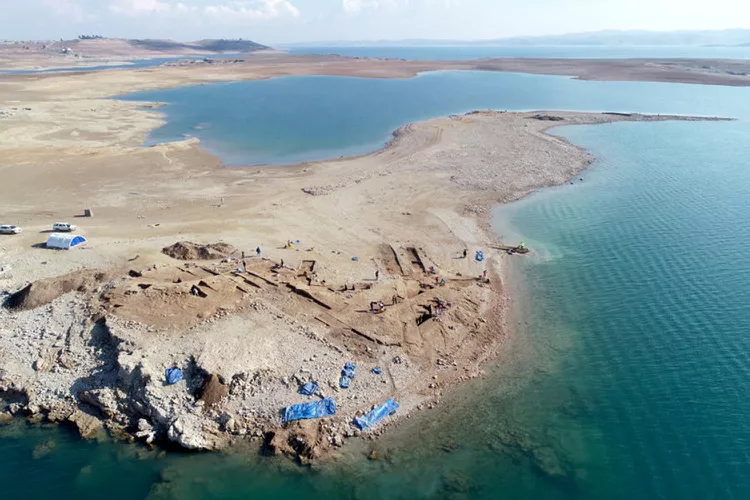The revelation of a Bronze Age city followed the extraction of “significant amounts of water” from the Mosul reservoir to prevent agricultural drought, as reported by researchers from the University of Tübingen in Germany.
Archaeologists have confirmed the discovery of a 3,400-year-old city in Kurdistan due to extreme drought conditions causing a decrease in water levels along the Tigris River.
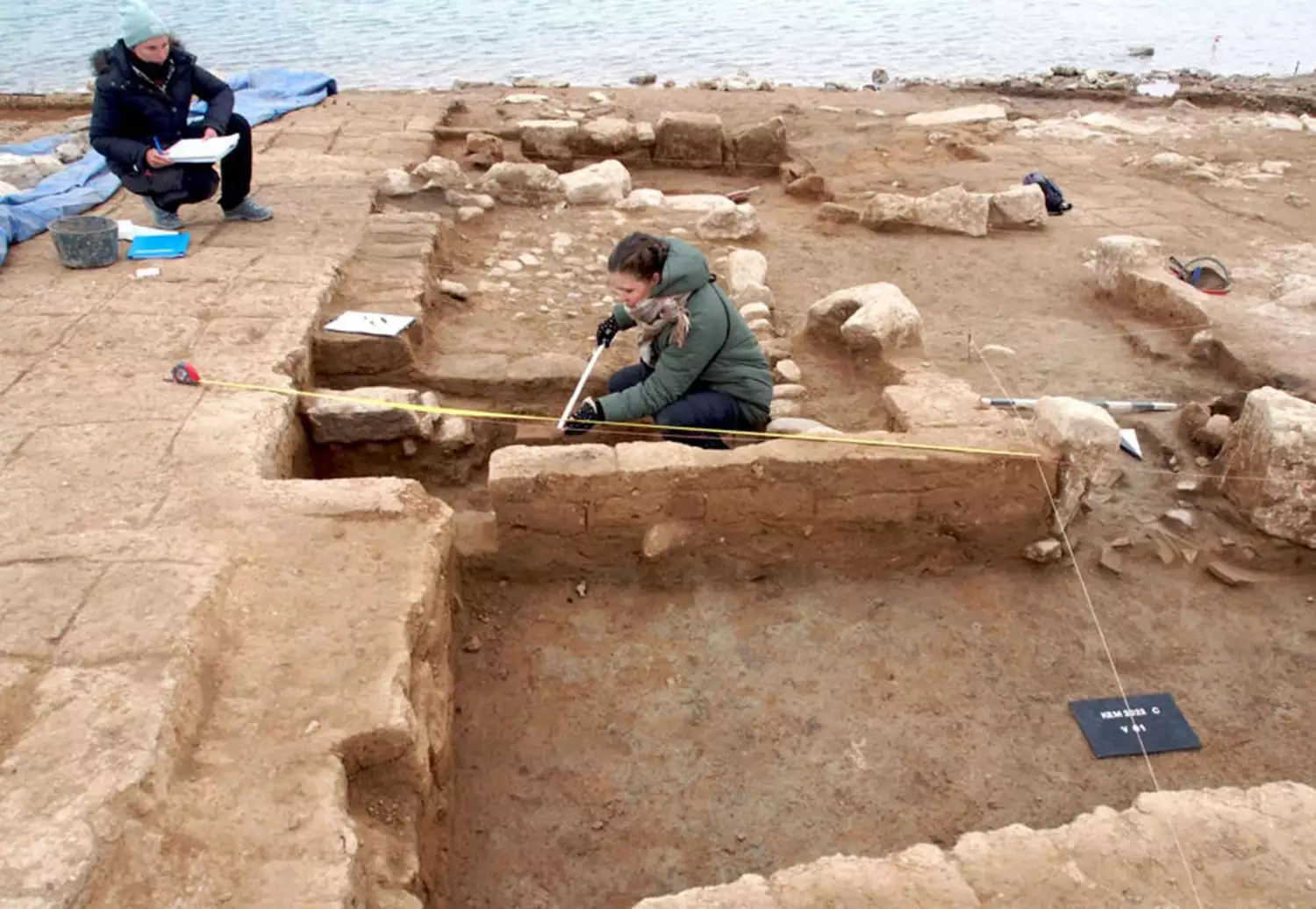
Recent exploration by German and Kurdish archaeologists at Kemune in Kurdistan revealed the city submerged in the waters of the Mosul reservoir in early 2022. This information was shared in a press release on Monday by Eberhard Karls University of Tübingen in Germany.
The Bronze Age city, which could potentially be the ancient city of Zakhiku according to the release, emerged earlier this year following the extraction of “significant amounts of water” from the reservoir to prevent crop damage starting in December 2021.
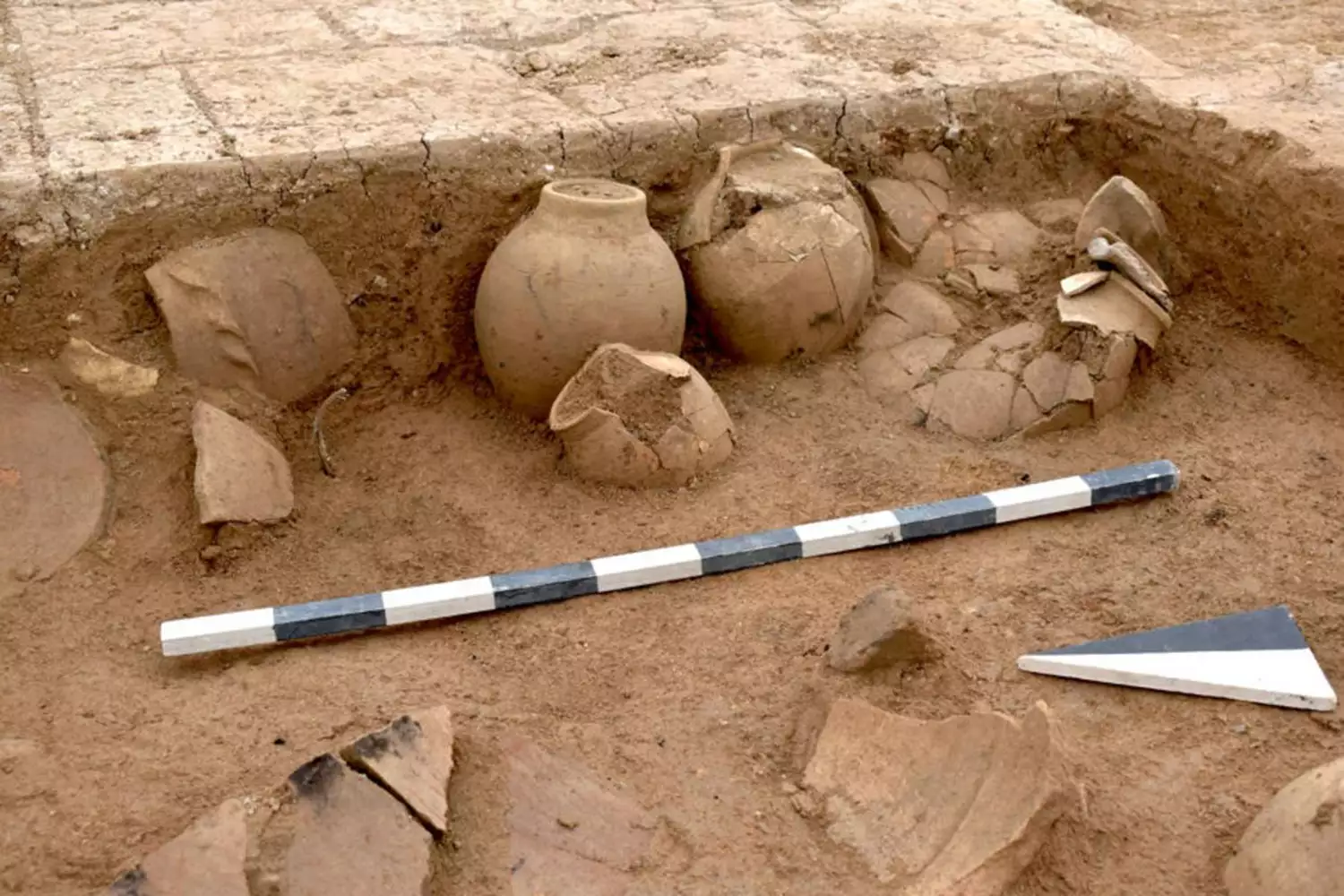
The unexpected emergence of the city put pressure on archaeologists to swiftly excavate and document the ruins before they were submerged again. The excavation, conducted between January and February, unveiled significant sites including a massive fortification with walls and towers, a large storage building, and an industrial complex.
Believed to have existed from 1550 to 1350 B.C., the lost city was part of the Mittani Empire and showcased an extensive urban complex. Among the discoveries were five ceramic vessels containing over 100 cuneiform tablets, some of which were still sealed in clay envelopes.
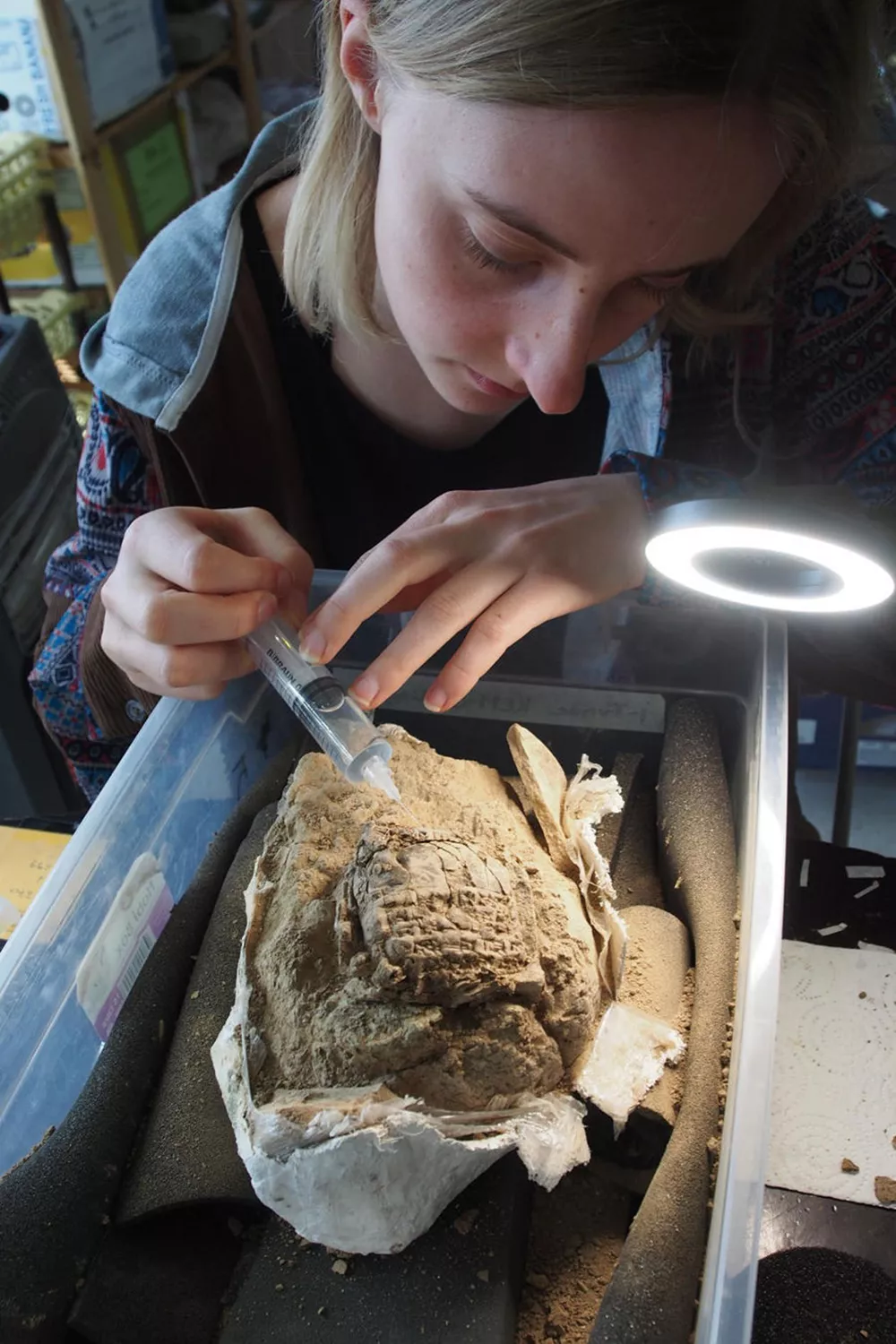
Dr. Peter Pfälzner from the University of Tübingen remarked on the survival of cuneiform tablets made of unfired clay under water for so long, calling it almost miraculous. The project, completed in collaboration with Dr. Ivana Puljiz from the University of Freiburg and Dr. Hasan Ahmed Qasim from the Kurdistan Archaeology Organization, aimed to preserve the artifacts and the site itself.
The well-preserved state of the walls, despite being submerged for over 40 years, amazed researchers. The city’s destruction in an earthquake around 1350 BC contributed to this preservation, with collapsing upper parts of the walls burying the buildings.
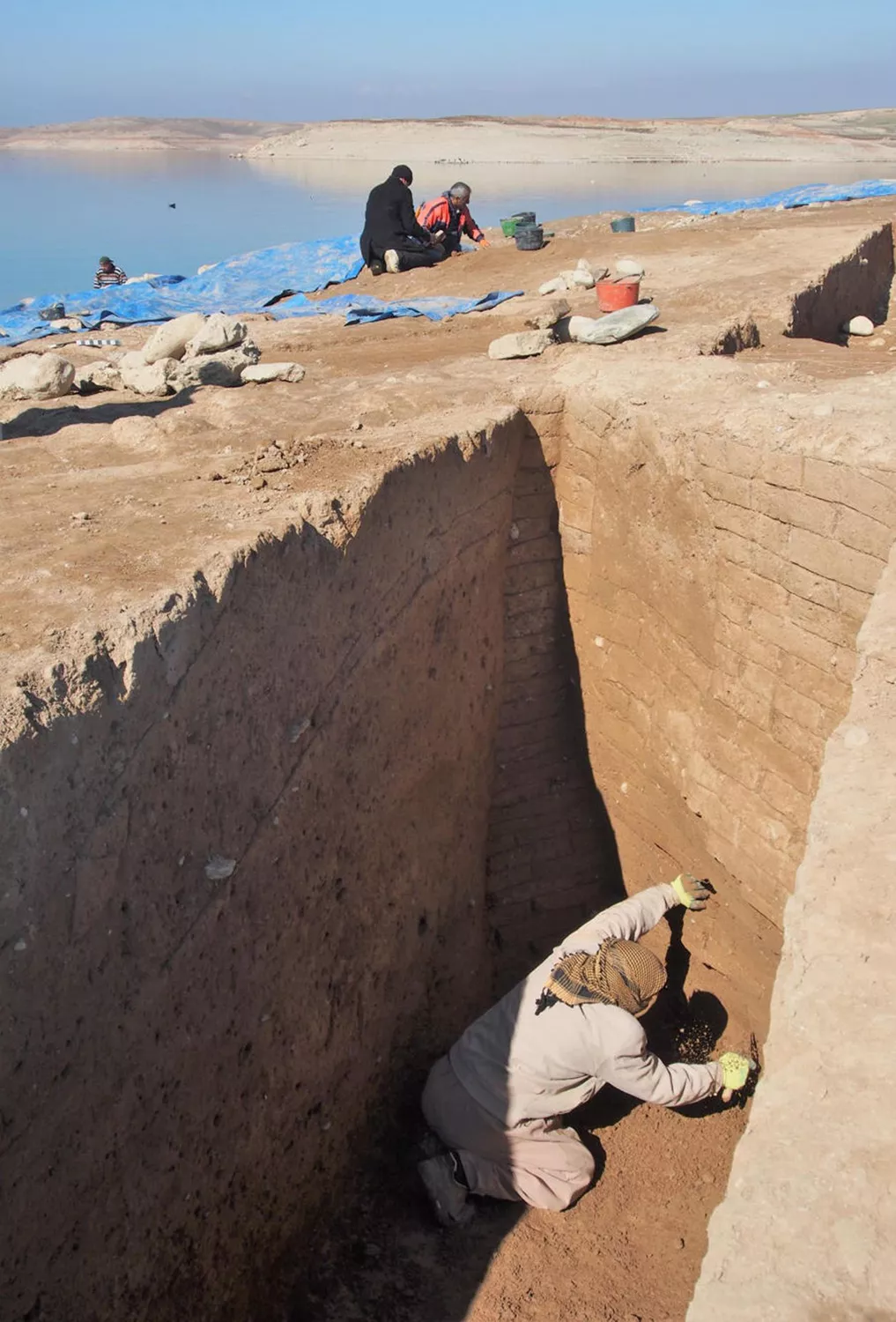
The ancient city is now once again submerged underwater, with the research team ensuring the excavated buildings are covered to prevent further damage. The conservation efforts were part of a larger project funded by the Gerda Henkel Foundation.
Researchers anticipate gaining valuable insights from the artifacts, particularly the clay tablets, hoping they will shed light on the transition from the Mittani period to Assyrian rule in the region. This discovery follows previous work conducted by German and Kurdish archaeologists on the site in 2018, which uncovered several other large buildings and a palace.
